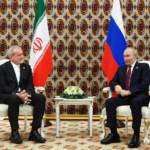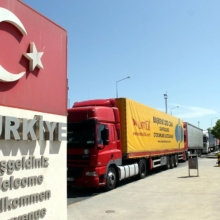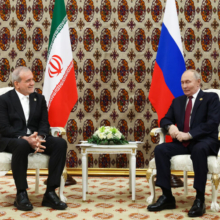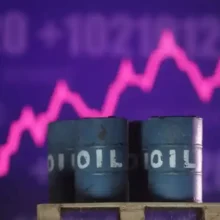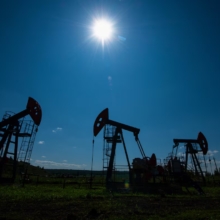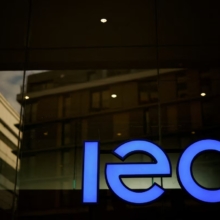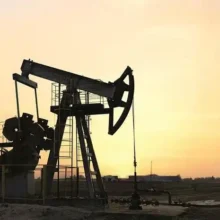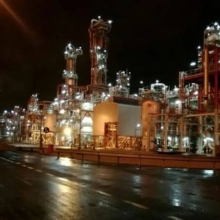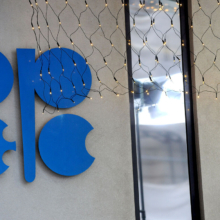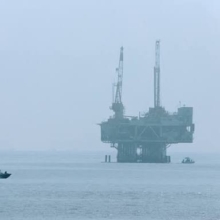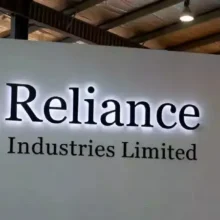Canada and Mexico target Asian LNG markets while US projects paused
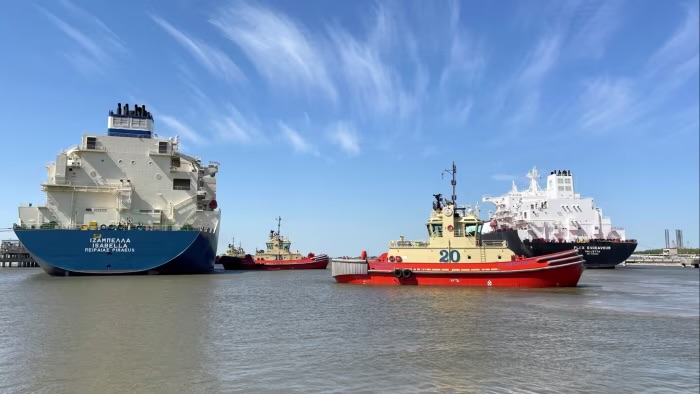
RoydadNaft – Canada and Mexico are drawing tens of billions of dollars of investment to kick-start their liquefied natural gas export industries as a permitting freeze slows the expansion of the sector in the US, the world’s biggest supplier.
Roughly $63bn of capital investment is poised to pour into the sector in the two countries, according to consultancy Rystad Energy, including projects under construction and those awaiting final investment decisions.
“[Customers] want alternative suppliers,” Kenny Stein, vice-president of policy at the Institute for Energy Research, said. “They are happy to have more supply on the market from non-US suppliers.”
The booming investment in LNG in Canada and Mexico comes amid a slowdown in new developments being announced in the US. Investment has been hit by uncertainty following a moratorium on new export permits introduced by the Biden administration as it assesses the benefits and pitfalls of surging gas exports.
The US’s neighbours are aiming to tap burgeoning demand for the fuel in the Asian market that will heat up LNG export competition in North America.
Most planned developments in Canada and Mexico are located on the countries’ west coasts, meaning vessels carrying LNG will not have to pass through the Panama Canal, which is increasingly becoming a chokepoint in global LNG trade. That would give them easier and potentially cheaper access to the Asian markets that are forecast by the industry to drive growth.
Wood Mackenzie estimates that Canada and Mexico have the potential to supply 36.2mn tonnes a year and 36.7mn tonnes a year of LNG, respectively, by 2040. That is up from 0.49mn tonnes a year of LNG in Mexico and zero in Canada this year. However, Canadian and Mexican LNG supply is still forecast to be dwarfed by the 325.83mn tonnes a year the US has the potential to supply by then. Last year the US exported 88mn tonnes.
Canada is expected to export LNG for the first time next year from a Shell-backed project in British Columbia.
LNG Canada, which is forecast to have a capacity of 14mn tonnes a year, is more than 90 per cent complete and is on track to ship first cargoes by the middle of 2025, said Shell, which has a 40 per cent stake in the project.
The project’s first phase will be the country’s largest project and one of many investments in the LNG export industry along North America’s Pacific coast. Consultancy Wood Mackenzie estimates it will supply 13.5mn tonnes in 2027 and will be a new source of supply to Asia.
“Canada is going to be the song on the dance floor for the next couple of years as new projects come online,” Mark Bononi, an analyst at Wood Mackenzie, said.
The two remaining projects that are under construction in Canada — Woodfibre LNG and Cedar LNG — are estimated to add 5.4mn tonnes a year by 2030, on top of the nearly 14mn tonnes a year from LNG Canada by 2030, according to Wood Mackenzie.
Similarly, Mexico has begun building its own export industry along the west coast as it eyes increasing demand in Asia. Last month New Fortress Energy, developer of the first LNG export facility in Mexico, shipped an initial cargo along the east coast.
Mexico has four proposed projects along the west coast that are estimated to have the potential to supply 23.06mn tonnes a year of LNG by 2030, according to Wood Mackenzie. Only one project, Sempra’s Energia Costa Azul LNG, is under construction.
Yet both countries’ fledgling LNG industries face hurdles. Canada does not have an operating LNG export facility and some projects have faced years of delays. LNG Canada was first announced nearly 14 years ago but as US projects raced ahead, Canada lagged behind.
“Canada had a lost decade on LNG because it couldn’t get anything permitted,” said Greg Ebel, chief executive of Enbridge, which has a 30 per cent stake in the Woodfibre LNG project. “It still represents a challenge for us to get over in Canada.”
Similar to the US, Canada also faces a challenging regulatory environment. Many projects have been delayed because of permitting and the setbacks have driven up costs.
“The environmental approval process takes much longer than it takes for a project of a similar size in the US,” said Kaushal Ramesh, head of LNG analytics at Rystad Energy.
Mexican projects face the challenge that most will have to source their natural gas from the US Permian Basin and are subject to US energy law, making them subject to Washington’s permitting freeze.
The country’s largest project Mexico Pacific’s Saguaro Energia has yet to begin construction or receive a final investment decision. Although it has been permitted by the US Department of Energy, it has a deadline to begin exporting LNG by December 2025.
“We do think west coast Mexican LNG is going to be more competitively cost than US Gulf Coast,” Ramesh said, adding Mexico has not had a history of long delays in project approvals, does note have expensive infrastructure and is closer to the Asian market.
US-based Sempra’s export terminal Energia Costa Azul LNG that is under construction is facing delays and cost increases because of labour and productivity challenges.
“Like the US, there’s going to be a new administration in Mexico starting in October,” Wood Mackenzie’s Bononi said. “That causes some uncertainty for the industry over the new administration’s policy priorities.”


